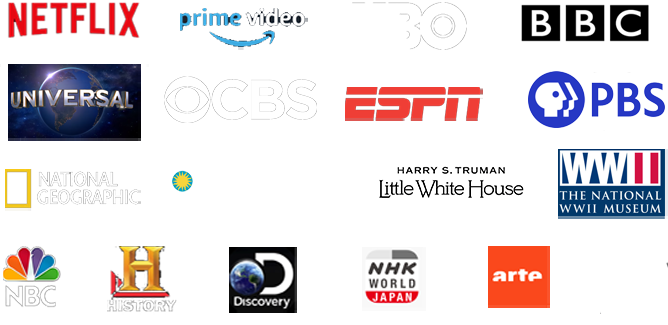This Korean War era film shows how wounded Marines were taken care of during the conflict, and focuses especially on the operations of a U.S. Navy hospital ship, most likely part of the Haven class and possibly USS Haven itself. At the 1:16 mark a patient is evacuated by air ambulance in the form of a helicopter, and taken to a Mobile Army Surgical Hospital MASH unit.
The Haven class of hospital ships was built for the United States Navy (USN) during World War II. Haven-class ships also served in the Korean War and the Vietnam War. They were among the first ships to be able to receive casualties directly by helicopter and were the first fully air conditioned ships in the USN.
The first ship was laid down in July 1943, while the last was launched in August 1944. In that span the United States produced 6 Haven-class hospital ships. The class was based upon the Maritime Commission’s Type C4 ship (as C4-S-B2 design).
The last Haven class ship was struck from the Naval Vessel Register in 1989. One ship sank in a collision in 1950; four others have been scrapped. The last Haven-class ship, the ex-USS Sanctuary (AH-17) was scrapped in 2011.
The class consisted of:
USS Haven (AH-12) — lead ship of class; used in Operation Crossroads and Korean War
USS Benevolence (AH-13) — present for Surrender of Japan; sunk 1950 off California coast after collision
USS Tranquillity (AH-14)
USS Consolation (AH-15) — first hospital ship to receive casualties directly by helicopter
USS Repose (AH-16) — last Haven class to be decommissioned; processed 9,000 battle casualties during the Vietnam War
USS Sanctuary (AH-17) — scrapped in 2011, due to asbestos concerns
With the outbreak of the Korean War, hospital ships were desperately needed. Following the sinking of sister ship USS Benevolence (AH-13) off fog-bound San Francisco in August 1950, USS Haven was taken out of reserve and commissioned 15 September 1950. She sailed 25 September via Pearl Harbor for Inchon, Korea, site of one of the most audacious and skillful amphibious operations in history. The hospital ship remained off Inchon caring for casualties until 6 January 1951, when the attacking Chinese Communists forced her to move further south. She steamed via Pusan to Sasebo, Japan.
Haven returned to Pusan- 5 February to care for battle casualties, and after another voyage to Inchon remained at Pusan until she sailed for the United States arriving San Francisco 30 October 1951. Eager to get back into action, however, she began her second tour of Korean duty 7 January 1952. She operated off Inchon and Pusan during the months that followed, receiving many of her patients by helicopters directly from the front lines on two floating helicopter landing pads with one moored on each side midway down her hull. Haven sailed again for the United States 16 September 1952, and, after the installation of a new flight deck to facilitate helicopter evacuation of patients, once more steamed out of San Diego 24 January 1953. She returned to her regular station in Inchon harbor where during the next 7 months she treated almost 3,000 patients.
The veteran hospital ship sailed for the United States 20 August 1953, and, after her arrival at San Francisco 3 September, operated off the coast of California. She began her fourth tour of duty in Korea 4 January 1954, arriving Inchon 7 February to provide regular medical care for troops. Haven also made occasional visits to Japan; and on 1 September with Korea in a state of uneasy truce, she was ordered to French Indochina, arriving Saigon 9 September. There she brought French troops on board as Viet Nam was partitioned and the French army withdrawn. Haven sailed to Oran and Marseille in October to disembark the soldiers, and completing her round-the-world voyage arrived Long Beach via the Panama Canal 1 November 1954.
We encourage viewers to add comments and, especially, to provide additional information about our videos by adding a comment! See something interesting? Tell people what it is and what they can see by writing something for example like: “01:00:12:00 — President Roosevelt is seen meeting with Winston Churchill at the Quebec Conference.”
This film is part of the Periscope Film LLC archive, one of the largest historic military, transportation, and aviation stock footage collections in the USA. Entirely film backed, this material is available for licensing in 24p HD and 2k. For more information visit http://www.PeriscopeFilm.com

